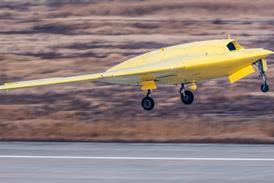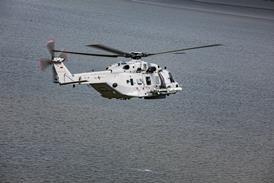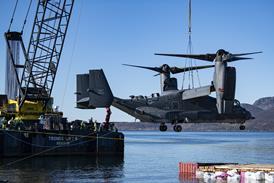Star Alliance member Austrian Airlines Group is pursuing its privatisation strategy at full-speed with the aim of finding a new strategic partner and drawing a line under its turbulent courtship with former prospective Saudi investor Sheikh Mohamed Bin Issa Al Jaber.
Austrian has had a turbulent year. A brightly billed tie-up with Al Jaber in February quickly descended into legal wranglings and a profit warning. State holding company OIAG is preparing to release its remaining 42.75% stake in Austrian, attracting the interest of European heavyweights Air France-KLM and Lufthansa, along with Russia's S7. Turkish Airlines was also interested in Austrian but it missed the bid deadline.
 |
|---|
Non-binding offers were submitted on 12 September and while OIAG declines to comment on the shortlisted bidders' identities, it is aiming to finalise the process by the end of October. In the words of Air France-KLM chairman Jean-Cyril Spinetta: "The timelines are very short."
OIAG says the "ambitious" schedule has been driven by political timelines, rather than strategic urgency, as the privatisation mandate expires a month after Austria's elections in late September. The process has been hurried along since Al Jaber, who was due to pay roughly E150 million for a 20% stake, baulked following the airline's poor first-quarter performance.
"Austrian needs a strategic partner and not just a financial partner that puts them into a bigger network," says Martina Valenta, equity analyst in the Vienna office of Austrian bank Erste Group. With their existing joint venture on routes between Germany and Austria, a maintenance co-operation and as both are Star members, Lufthansa does seem the obvious choice.
Austria has, however, placed some weighty conditions on the privatisation. OIAG could sell its entire 42.75% stake, but a "blocking minority" stake of 25% plus one share must be taken by an Austrian investor or be retained by OIAG.
Beyond this, the state is aiming to safeguard Austrian's brand, its network and keep the airline's headquarters and decision-making power in Austria.
Austrian's star has fallen swiftly after restructuring efforts started in 2006 enabled it to scrape a small net profit of $5 million in 2007 after a loss of $164 million the previous year. A turnaround strategy that featured a capital injection of E350 million at the end of 2006, the sale of aircraft, staff reductions and the axeing of loss-making routes to Australia were all "steps in the right direction", says Valenta. But the rise in fuel costs was "very bad to Austrian", and with low fuel hedging in place this was "simply not enough", she says.
Austrian's most valuable asset, according to Erste Group, is "its first-mover advantage to destinations in central and eastern Europe and the Middle East, which it defines as key target markets". These make up a third of the carrier's revenues covering 43 destinations.
A partner is needed to continue to take advantage of its strategic position in the east of Europe. Transfer traffic at its Vienna base represents 58% of Austrian's business. The alternative of operating under a stand-alone strategy would see a drastically smaller carrier with it halving its fleet from 100 to 40-50 aircraft, says Austrian.
Source: Airline Business























